Audi 2014 Annual Report Download - page 183
Download and view the complete annual report
Please find page 183 of the 2014 Audi annual report below. You can navigate through the pages in the report by either clicking on the pages listed below, or by using the keyword search tool below to find specific information within the annual report.-
 1
1 -
 2
2 -
 3
3 -
 4
4 -
 5
5 -
 6
6 -
 7
7 -
 8
8 -
 9
9 -
 10
10 -
 11
11 -
 12
12 -
 13
13 -
 14
14 -
 15
15 -
 16
16 -
 17
17 -
 18
18 -
 19
19 -
 20
20 -
 21
21 -
 22
22 -
 23
23 -
 24
24 -
 25
25 -
 26
26 -
 27
27 -
 28
28 -
 29
29 -
 30
30 -
 31
31 -
 32
32 -
 33
33 -
 34
34 -
 35
35 -
 36
36 -
 37
37 -
 38
38 -
 39
39 -
 40
40 -
 41
41 -
 42
42 -
 43
43 -
 44
44 -
 45
45 -
 46
46 -
 47
47 -
 48
48 -
 49
49 -
 50
50 -
 51
51 -
 52
52 -
 53
53 -
 54
54 -
 55
55 -
 56
56 -
 57
57 -
 58
58 -
 59
59 -
 60
60 -
 61
61 -
 62
62 -
 63
63 -
 64
64 -
 65
65 -
 66
66 -
 67
67 -
 68
68 -
 69
69 -
 70
70 -
 71
71 -
 72
72 -
 73
73 -
 74
74 -
 75
75 -
 76
76 -
 77
77 -
 78
78 -
 79
79 -
 80
80 -
 81
81 -
 82
82 -
 83
83 -
 84
84 -
 85
85 -
 86
86 -
 87
87 -
 88
88 -
 89
89 -
 90
90 -
 91
91 -
 92
92 -
 93
93 -
 94
94 -
 95
95 -
 96
96 -
 97
97 -
 98
98 -
 99
99 -
 100
100 -
 101
101 -
 102
102 -
 103
103 -
 104
104 -
 105
105 -
 106
106 -
 107
107 -
 108
108 -
 109
109 -
 110
110 -
 111
111 -
 112
112 -
 113
113 -
 114
114 -
 115
115 -
 116
116 -
 117
117 -
 118
118 -
 119
119 -
 120
120 -
 121
121 -
 122
122 -
 123
123 -
 124
124 -
 125
125 -
 126
126 -
 127
127 -
 128
128 -
 129
129 -
 130
130 -
 131
131 -
 132
132 -
 133
133 -
 134
134 -
 135
135 -
 136
136 -
 137
137 -
 138
138 -
 139
139 -
 140
140 -
 141
141 -
 142
142 -
 143
143 -
 144
144 -
 145
145 -
 146
146 -
 147
147 -
 148
148 -
 149
149 -
 150
150 -
 151
151 -
 152
152 -
 153
153 -
 154
154 -
 155
155 -
 156
156 -
 157
157 -
 158
158 -
 159
159 -
 160
160 -
 161
161 -
 162
162 -
 163
163 -
 164
164 -
 165
165 -
 166
166 -
 167
167 -
 168
168 -
 169
169 -
 170
170 -
 171
171 -
 172
172 -
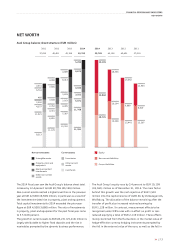 173
173 -
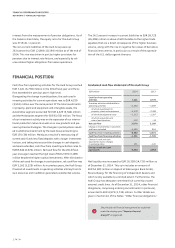 174
174 -
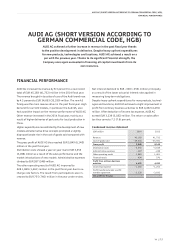 175
175 -
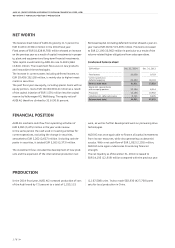 176
176 -
 177
177 -
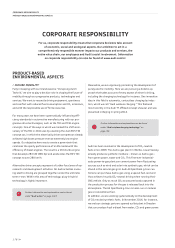 178
178 -
 179
179 -
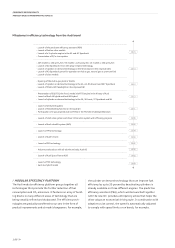 180
180 -
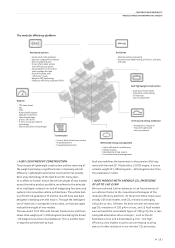 181
181 -
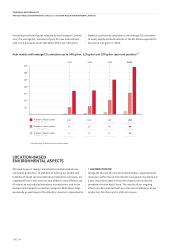 182
182 -
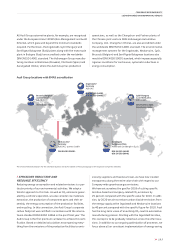 183
183 -
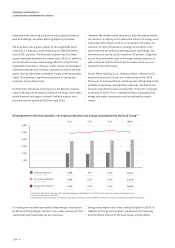 184
184 -
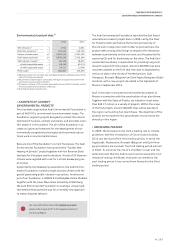 185
185 -
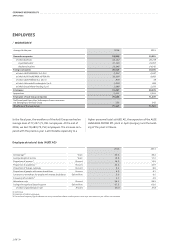 186
186 -
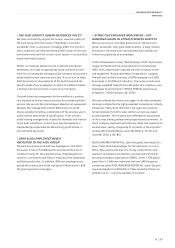 187
187 -
 188
188 -
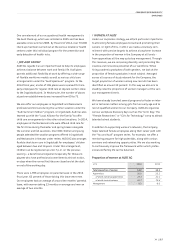 189
189 -
 190
190 -
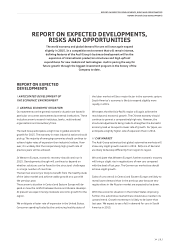 191
191 -
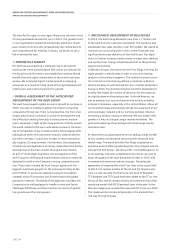 192
192 -
 193
193 -
 194
194 -
 195
195 -
 196
196 -
 197
197 -
 198
198 -
 199
199 -
 200
200 -
 201
201 -
 202
202 -
 203
203 -
 204
204 -
 205
205 -
 206
206 -
 207
207 -
 208
208 -
 209
209 -
 210
210 -
 211
211 -
 212
212 -
 213
213 -
 214
214 -
 215
215 -
 216
216 -
 217
217 -
 218
218 -
 219
219 -
 220
220 -
 221
221 -
 222
222 -
 223
223 -
 224
224 -
 225
225 -
 226
226 -
 227
227 -
 228
228 -
 229
229 -
 230
230 -
 231
231 -
 232
232 -
 233
233 -
 234
234 -
 235
235 -
 236
236 -
 237
237 -
 238
238 -
 239
239 -
 240
240 -
 241
241 -
 242
242 -
 243
243 -
 244
244 -
 245
245 -
 246
246 -
 247
247 -
 248
248 -
 249
249 -
 250
250 -
 251
251 -
 252
252 -
 253
253 -
 254
254 -
 255
255 -
 256
256 -
 257
257 -
 258
258 -
 259
259 -
 260
260 -
 261
261 -
 262
262 -
 263
263 -
 264
264 -
 265
265 -
 266
266 -
 267
267 -
 268
268 -
 269
269 -
 270
270 -
 271
271 -
 272
272 -
 273
273 -
 274
274 -
 275
275 -
 276
276 -
 277
277 -
 278
278 -
 279
279 -
 280
280 -
 281
281 -
 282
282 -
 283
283 -
 284
284 -
 285
285 -
 286
286 -
 287
287 -
 288
288 -
 289
289 -
 290
290 -
 291
291 -
 292
292 -
 293
293 -
 294
294
 |
 |

CORPORATE RESPONSIBILITY
LOCATION-BASED ENVIRONMENTAL ASPECTS
>>
183
All Audi Group automotive plants, for example, are recognized
under the European Union’s EMAS (Eco-Management and Audit
Scheme), which goes well beyond the minimum standards
required. Furthermore, the Ingolstadt, GyƉr (Hungary) and
Sant’Agata Bolognese (Italy) plants along with the motorcycle
plant in Bologna (Italy) are accredited under the worldwide
DIN EN ISO 14001 standard. The Volkswagen Group manufac-
turing locations in Bratislava (Slovakia), Martorell (Spain) and
Aurangabad (India), where the Audi Group has production
operations, as well as the Changchun and Foshan plants of
the Chinese joint venture FAW-Volkswagen Automotive
Company, Ltd., Changchun (China), are also accredited under
the worldwide DIN EN ISO 14001 standard. The environmental
management systems for the Ingolstadt, Neckarsulm, GyƉr,
Brussels (Belgium) and Sant’Agata Bolognese locations also
meet the DIN EN ISO 50001 standard, which imposes especially
rigorous conditions for continuous, systematic reductions in
energy consumption.
Audi Group locations with EMAS accreditation
The environmental declarations for the individual locations are each available in the local language on the respective companies’ websites.
/
EMISSIONS REDUCTION AND
RESOURCE EFFICIENCY
Reducing energy consumption and related emissions is a par-
ticular priority of our environmental activities. We adopt a
holistic approach to this task. As well as CO2 emissions gener-
ated by a vehicle’s operation, we also consider raw materials
extraction, the production of component parts and their as-
sembly, the energy consumption of the production facilities,
and recycling. In this connection, the Audi Group’s corporate
carbon footprint was certified in accordance with the interna-
tional standard DIN EN ISO 14064 in the past fiscal year. The
Audi Group is the first premium carmaker to achieve this certi-
fication. Based on detailed calculations encompassing every-
thing from the emissions of the production facilities to emis-
sions by suppliers and business travel, we have now created
transparency along the entire value chain with regard to our
Company-wide greenhouse gas emissions.
We have set ourselves the goal for 2018 of cutting specific
location-based and company-related CO2 emissions by
25 percent compared with the specific value for 2010. In addi-
tion, by 2020 we aim to reduce carbon dioxide emissions from
the energy supply at the Ingolstadt and Neckarsulm locations
by 40 percent compared with the specific figure for 2010. Audi
has the long-term vision of an entirely CO2-neutral automotive
manufacturing process. Starting with the Ingolstadt location,
this concept is to be gradually rolled out across the other loca-
tions. In addition to our ongoing optimization of processes, we
focus above all on consistent implementation of energy-saving
Brussels/Belgium
AUDI BRUSSELS
S.A./N.V.
DIN EN ISO 50001
Neckarsulm/
Germany
AUDI AG, quattro GmbH
DIN EN ISO 50001
Ingolstadt/
Germany
AUDI AG
DIN EN ISO 14001
DIN EN ISO 50001
Sant’Agata
Bolognese/Italy
Automobili Lamborghini S.p.A.
DIN EN ISO 14001
DIN EN ISO 50001
Győr/Hungary
AUDI HUNGARIA
MOTOR Kft.
DIN EN ISO 14001
DIN EN ISO 50001
